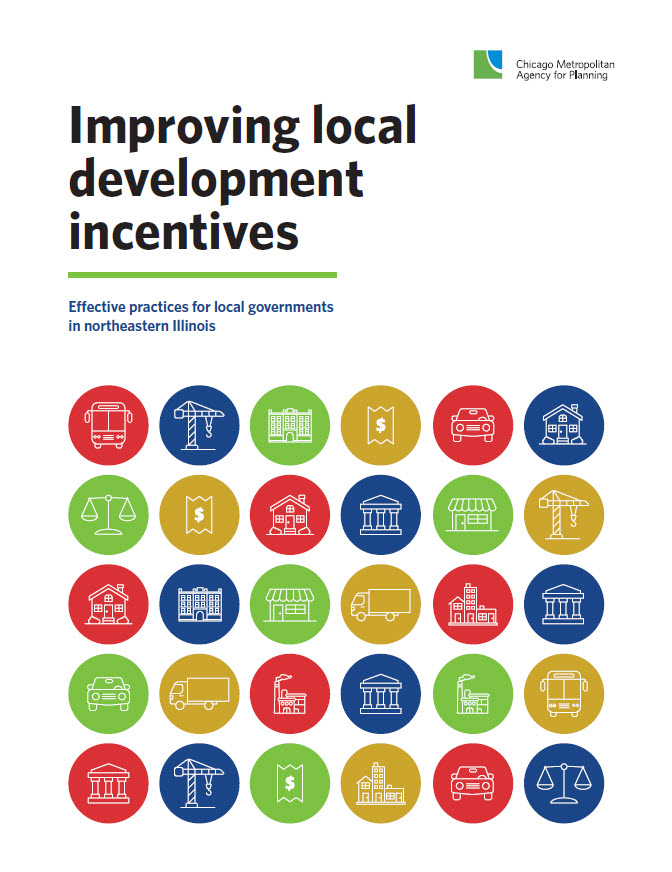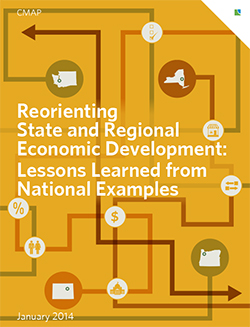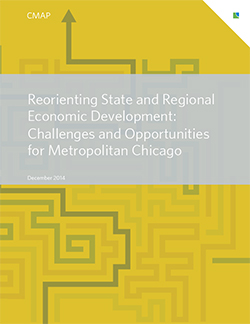Metropolitan Chicago's long-term prosperity hinges on the ability of our region to compete in the face of future economic, fiscal, and market uncertainties. The region’s infrastructure and intellectual assets foster innovation, creating new products and services while making them faster, cheaper, and better. As new circumstances require creative solutions, economic innovation saves us time and money, enhances our quality of life, and improves our health and life expectancy.
ON TO 2050 and its predecessor GO TO 2040 emphasize economic innovation because of its major role in producing sustainable economic prosperity and enhancing our region's global competitiveness. To foster economic innovation will require improving government policies, measuring and tracking relevant data, fostering regional coordination, and providing services that can enhance innovation and support the region's industry specializations.



